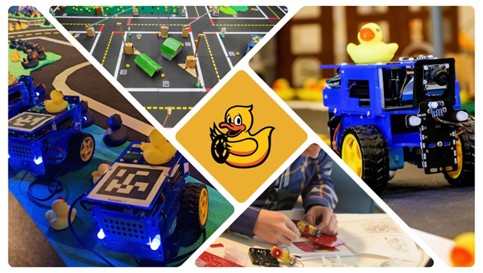To access the exhibitions, please exit the ISA area and proceed to the Gazometro Ostiense, located approximately 150 m away. Entrance: Via del Commercio, 9–11 – 00154 Rome
How to reach the exhibition area from the ISA:
Exiting the ISA, turn right, where you’ll find a checkpoint with a barrier. Once you’ve passed through the entrance, turn right and you’ll find the Exhibition and Challenge area on your right.
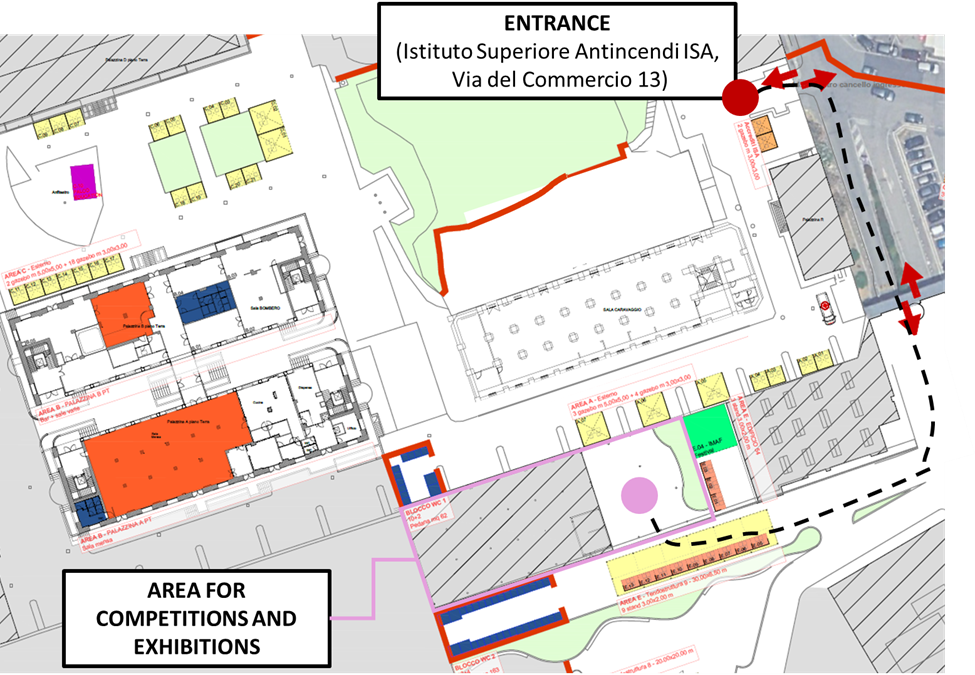
Exhibition List (link to Maker Faire)
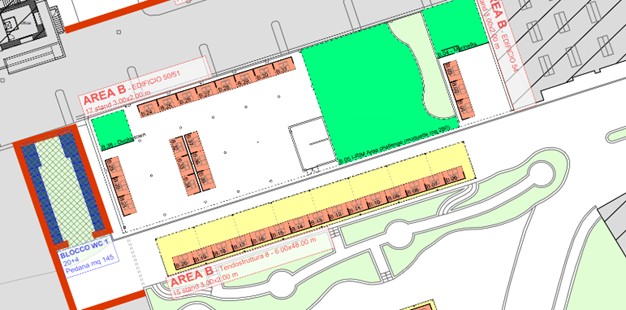
Stand B.06: Infopoint I-RIM
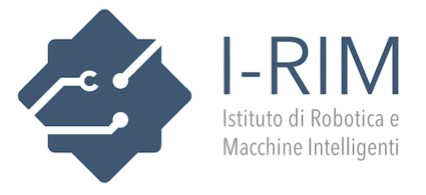
Stand B.07: Prosthetic Hands: Design to Closed-Loop Control
Università Campus Bio-Medico di Roma – Taffoni, Cordella, Tagliamonte, Demofonti, Scarpelli, Nini, Ceccarelli, Li Gioi, Zollo
Scopri protesi e ortesi stampate in 3D, personalizzate e a basso costo, con controllo muscolare e feedback sensoriale realistico
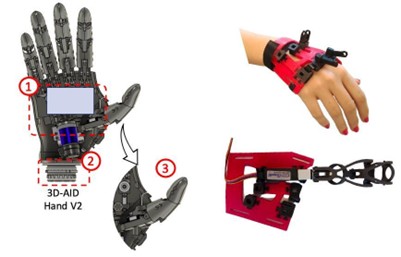
Stand B.08: Smart Robotics and Simulation for Safer Healthcare
Università Campus Bio-Medico di Roma – Scotto di Luzio, C. Lauretti, C. Rondoni, R. Morfino, N. L. Tagliamonte, L. Zollo
Soluzioni robotiche per la riabilitazione motoria degli anziani e la simulazione chirurgica avanzata: tecnologie intelligenti per cura, training e autonomia
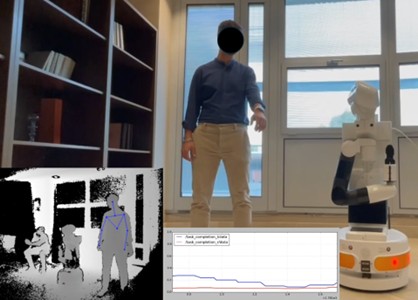
Stand B.09, B.10 and B.11: Virtual Distance, Real Connections
Istituto Italiano di Tecnologia – Matteo Lisi, Althea Frisanco, Salvatore Maria Aglioti
What is the context of your innovation? The innovation targets people experiencing social interactions in VR. While proxemics research studies interpersonal distance in physical environments, virtual contexts remain unexplored across cultures. Current VR platforms provide basic interactions but lack understanding of how avatars and environments influence personal space regulation
What is your project about? Our interactive VR experience explores how avatars and virtual contexts influence interpersonal distance across different cultural backgrounds. Current VR platforms ignore cultural and psychological aspects of personal space. Our solution provides empirical insights for designing more inclusive virtual social interactions.
What are the next steps? The project is currently active and being used in research contexts in our lab and demonstrated at various events. It serves both as an experimental tool for studying virtual proxemics and as an interactive experience for users. Future plans include expanding the research scope and developing broader applications.
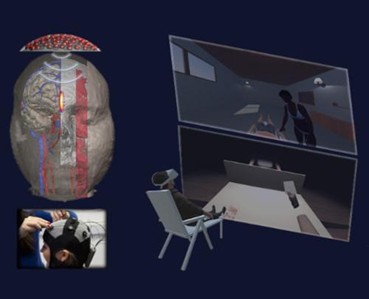
RONIN
Social Cognition in Human-Robot Interaction
What is the context of your innovation? RONIN addresses the lack of training tools for adolescents (12–17) with developmental disabilities (DD), who often struggle to achieve independence. Current solutions are scarce or target younger children. RONIN offers embodied, robot-assisted role-play training to fill this gap.
What is your project about? RONIN introduces a novel training toolkit using the iCub humanoid robot to support self-care, social interaction, and stress management. It enhances existing role-play therapy with predictable, engaging, embodied interaction, offloading repetitive tasks from therapists.
What are the next steps? RONIN is in the proof-of-concept phase. Its components are under development and will be validated through clinical trials. The team aims to spin out a company and commercialize the training set via a system-as-a-service model pending successful results.
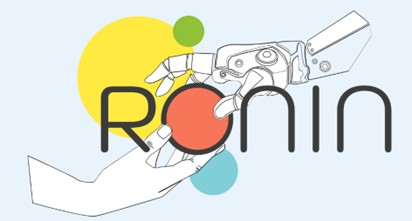
Stand B.12: IntelliMan
Università di Bologna – Laboratorio LAR – Dipartimento DEI
What is the context of your innovation? Il progetto IntelliMan si inserisce nel contesto della robotica avanzata e dell’intelligenza artificiale applicata alla manipolazione oggetti, un campo in rapida evoluzione che mira a rendere i robot capaci di interagire in modo più autonomo, intelligente e sicuro con l’ambiente fisico.
What is your project about? L’innovazione del progetto IntelliMan consiste nello sviluppo di un sistema di manipolazione robotica intelligente che combina apprendimento continuo, autonomia decisionale e capacità di interazione con l’ambiente e gli esseri umani.
What are the next steps? In corso di sviluppo

Stand B.13: ALPINE
Università degli Studi di Trento – Michele Focchi, Luka Hardonk, Ruben Malacarne
What is the context of your innovation? ALPINE addresses the growing need for safe and efficient intervention in hazardous vertical environments, such as cliffs, dams, bridges, and unstable rock walls—especially in regions increasingly affected by landslides and rockfalls due to climate change. The target users include civil protection authorities, infrastructure managers
What is your project about? ALPINE introduces a novel solution to a long-standing challenge: how to safely and efficiently perform complex maintenance tasks on steep, hazardous terrains like rock walls, where drones lack endurance and precision, and traditional climbing robots are too slow or limited.
What are the next steps? ALPINE is currently at an advanced prototype stage. We’ve developed and tested a working system with rope-based locomotion, dynamic leg movement, and obstacle-avoidance control. It’s not yet deployed in the field, but future plans include outdoor trials and collaboration with civil protection agencies.
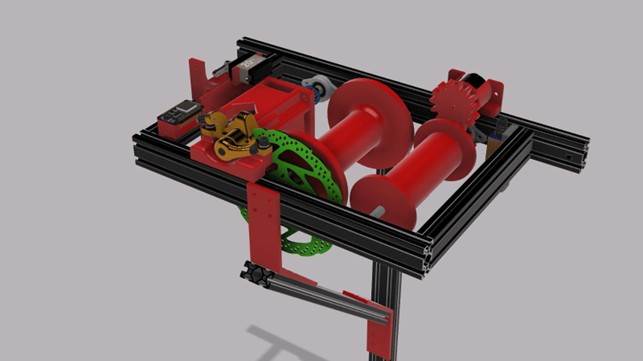
Stand B.14: PAL Robotics – Italy
Your Partner in Robotics Innovation
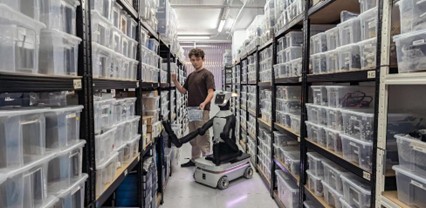
Stand B.15: Human-Centred Robotics and wearable haptics
Università degli Studi di Siena – Bernardo Brogi, Tommaso Lisini Baldi, Maria Pozzi, Gionata Salvietti, Domenico Prattichizzo
Interactive wearable and desktop haptic devices showcasing human-centred robotics for VR, rehabilitation, and immersive human-technology interaction.
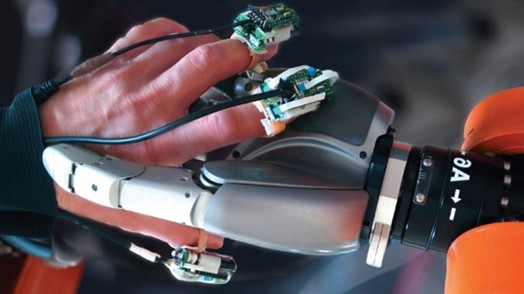
Stand B.37: Duckietown: learning robot autonomy
